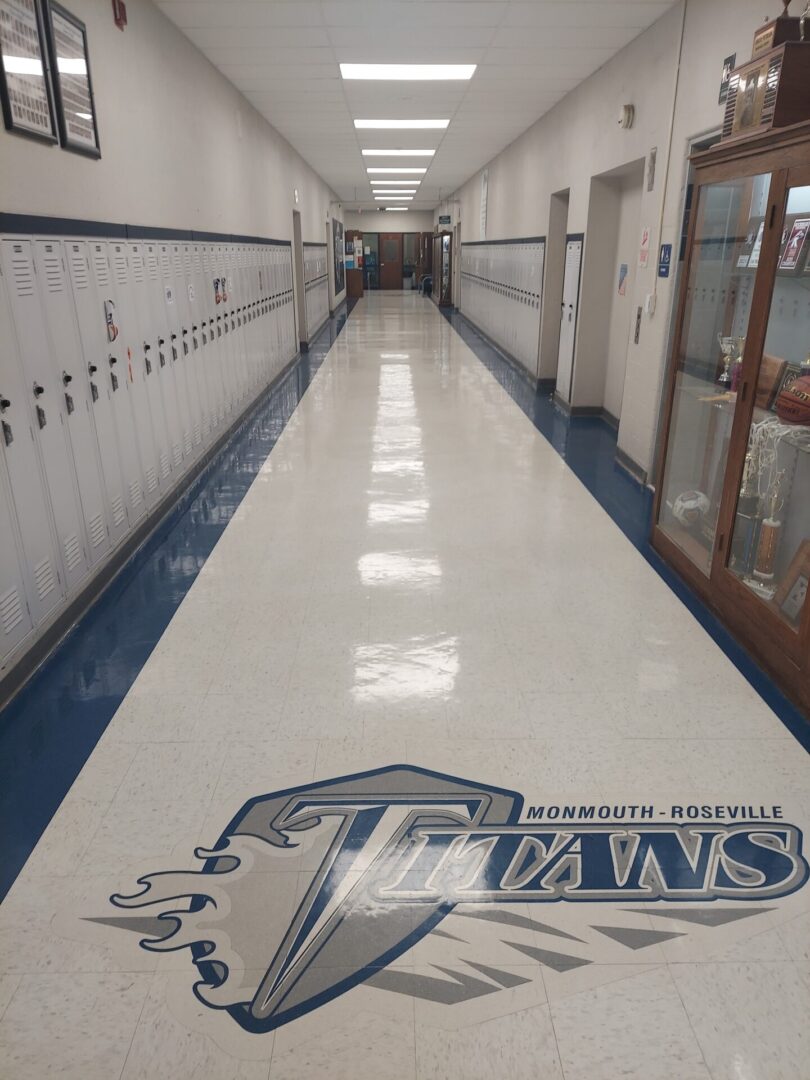In a year when “normal” has almost faded from memory and the road to recovery is blocked by the orange detour signs of pandemic and civil unrest, two sleepy spots on the east side of Monmouth offer a welcome respite.
“Things are falling apart everywhere, but nature is happier than it’s ever been,” said Craig Watson, who along with his faculty colleague Eric Engstrom is overseeing summer work at the Monmouth College Market Farm and Educational Garden. Both professors were at the farm on June 8 to help with the first U-pick event of the season – strawberries.
“So far, this is one of our best years ever,” said Watson, a recently retired English professor. “The asparagus is great, the berries are going to be fantastic. It’s kind of ironic.”
Ironic in the sense that the plants and vegetables are immune to the chaos of the world around them, and also ironic that in a year of great production for the College’s crops, manpower is at a low point. One of the College’s Sustainability Scholars, Kaveh Moaddeli ’23, a biochemistry major from Newport Beach, Calif., is the only student on campus available to help with the harvest. The summer crew usually has as many as five full-time students.
“Everything’s looking good, which is kind of the tragedy of it – it’s very much a pick-your-own summer,” said Engstrom. “Mostly, the difference this year because of the pandemic is that we’re understaffed. If we had our normal crew, we’d pick and sell a lot of our produce at the Monmouth Farmers Market, but we’re not doing that this year.”
In addition to the berries, another fruit has come on strong this year.
“We’ve never really had a good crop of apples, but we have a good Macintosh crop this year,” said Engstrom. “We’re going to get several bushels off of each of those trees in the orchard, which will make our local cider brewers, like (faculty colleague) Logan Mayfield, happy.”
Measuring corn
A biology professor, Engstrom tries to put in at least four hours a day at the seven-acre farm. His pet project is growing corn, which he worked into his “Plants and Society” course.
“We’ve been doing work with germination, and I’d like to know all kinds of things about it,” he said. “There are lots of questions we can ask about it that are student-friendly.”
Engstrom also wonders about nutrition and efficiency.
“A frequent measurement (of corn) is how many bushels per acre,” he said. “But that’s not very informative, because not all corn is the same. What you really want to do is measure the nutrition per acre. And that’s very difficult, because nutrition is so complicated. We’re trying to produce very micronutrient-enriched food.”
Quantifying that efficiency measurement is a goal that Engstrom and his students have in their lab sessions. Meanwhile, Engstrom said he’s enjoyed some of the fruits of his labor.
“I made some corn tortillas, and it was an interesting experience,” he said.
The project was originally intended for Engstrom’s students, but it was “derailed” by the pandemic.
“They were very flavorful,” he said. “They were kind of like the difference between eating Wonder bread and whole wheat bread.”
This year’s lack of manpower definitely made an impact on how much could be done with the corn.
“I don’t know if you’ve ever hand-hoed a field of corn, but there’s a reason we don’t do hundreds of acres that way,” said Engstrom. “But I’m taking a good crack at it.”
Chickens and honey
Another consumer of the corn is the flock of nine chickens that lives on the farm, split between the Speckled Sussex and Rhode Island Red breeds.
“They produce about five eggs a day, which is not enough production for the general public,” said Engstrom. “But we’re interested in getting some more chickens out here.”
This year will also be a bumper crop for honey, which is Craig Vivian‘s department. An educational studies professor, Vivian has been tending to the College’s beehives since they started on campus about a decade ago.
“We should have honey available around the first week of July,” said Vivian. “In the past couple years, we’ve had five hives, but we’re up to 13 hives now – three at the garden and the rest at the farm – and they’re all looking good.”
New this year is a video series to support the educational studies department’s place-based education initiative for local grade-school students. Titled From Bees to Trees, the first module will feature Vivian and the bees.
“We want kids to be able to come in and see all the possibilities contained within bees,” said Vivian, who said a related educational project for the students will be using beeswax to make candles.
Duane Bonifer 309-457-2321, dbonifer@monmouthcollege.edu















